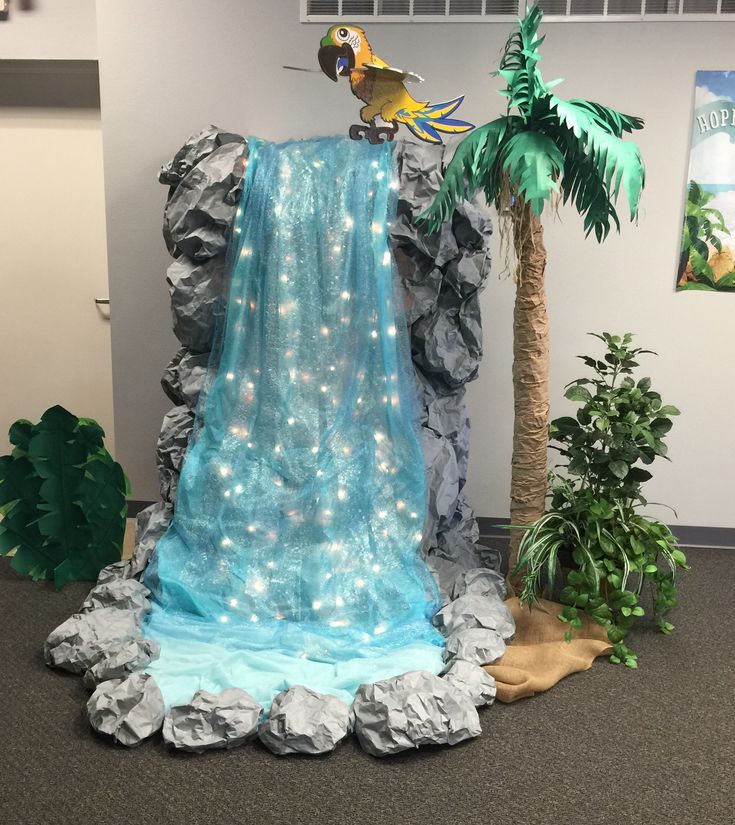The Origins of Clay Decorations: When Did They Begin?

The Earliest Human Pottery

Archaeological findings have traced the beginnings of clay decorations back to the earliest civilizations. Clay, being abundant and pliable, was one of the earliest materials used by humans for both practical and aesthetic purposes. The oldest known clay objects, found in the Czech Republic dating back to 29,000 to 25,000 BC, were likely made for adornment or ritualistic uses rather than purely functional items.
🔍 Note: These early clay figures, known as the Venus of Dolní Věstonice, are considered the earliest examples of ceramic art.

Prehistoric Pottery Evolution

As civilizations progressed, so did the techniques and uses for clay:
- Neolithic Period (10,000 - 4,000 BC): This era saw the widespread use of clay pottery for food storage and cooking. Decorations began to emerge as communities started to add simple incised designs.
- Development of Decorative Techniques: By 6,000 BC, in places like ancient China and the Middle East, potters were using paddle-and-anvil techniques to create more complex decorative patterns.
From Pottery to Sculpture

Clay not only served functional roles but also transformed into an artistic medium:
- Early sculptures in Mesopotamia around 3,000 BC show an evolution from simple figurines to more detailed works, which often had a religious or symbolic significance.
- In Egypt, clay figurines were used in tomb art and daily life from around 3,500 BC, showcasing the integration of clay into various aspects of culture.
Regional Variations in Clay Usage

Each civilization had its unique approach to clay decoration:
| Region | Notable Period | Decorative Techniques |
|---|---|---|
| Mesopotamia | 4th Millennium BC | Seal impressions, reliefs |
| Ancient Greece | 1000-336 BC | Geometric designs, black-figure and red-figure pottery |
| Maya Civilization | Pre-Classic to Classic Period (2000 BC - 900 AD) | Intricate carvings, glyphs |

Technological Advancements

The development of the potter’s wheel around 3,500 BC in Mesopotamia greatly influenced the sophistication of pottery and ceramic decorations:
- The wheel allowed for the creation of more symmetrical and larger pieces with intricate patterns and designs.
- Glazing techniques were perfected, adding color and protection to the pottery.
🔧 Note: The potter's wheel not only changed the shape of pottery but also the way designs were applied, allowing for new decorative styles to emerge.
Conclusion

From its humble beginnings in the hands of early humans to the intricate works of ancient civilizations, clay decoration has evolved significantly. It has moved from functional necessity to an art form that communicates cultural values, religious beliefs, and personal expressions. This transformation highlights the intrinsic human need to adorn and personalize the world around us, using materials available at hand.
What was the first known clay decoration?

+
The Venus of Dolní Věstonice, dating back to 29,000 to 25,000 BC in what is now the Czech Republic, is the oldest known fired clay figure.
Why was clay chosen for early decorations?

+
Clay was abundant, easy to work with when moist, and could be hardened to retain shapes, making it an ideal material for both functional and decorative items.
How did decorative clay items evolve in different cultures?

+
Different cultures developed unique styles based on their environment, resources, and cultural practices. For example, Ancient Egyptians used clay for tomb art, while Greeks created intricate geometric and figural designs on their pottery.
What technological advancement greatly impacted pottery decoration?

+
The invention of the potter’s wheel around 3,500 BC in Mesopotamia allowed for more symmetrical and intricate pottery designs.
What is the significance of clay decorations in human history?

+
Clay decorations provide insight into the cultural, religious, and personal expressions of past civilizations, illustrating the evolution of human artistic creativity and technological advancement.



